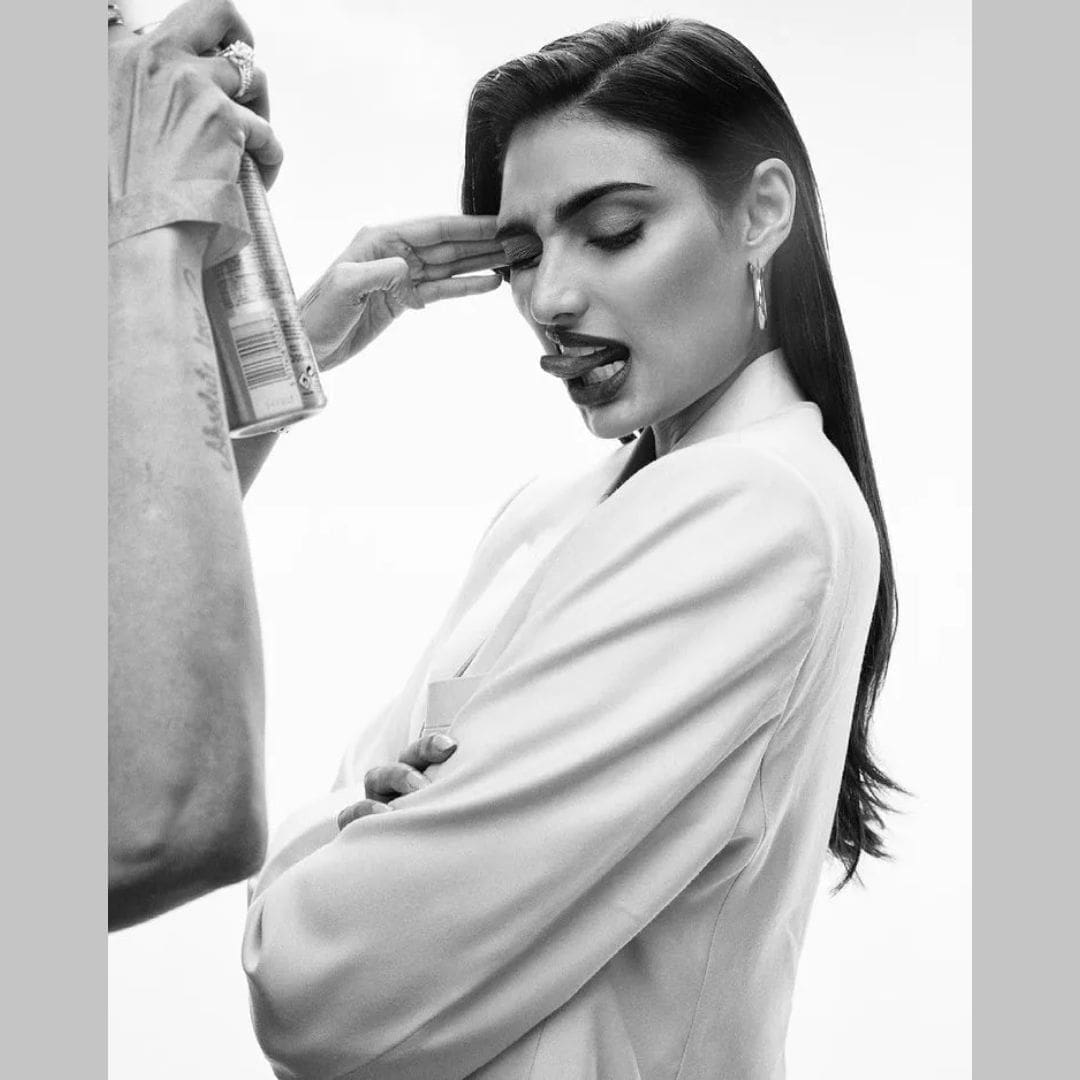Around the world, more than 50% of people suffer from it. And yet, we are unable to determine if it is a sickness or a disorder. There is no shortage of organic and chemical dandruff treatments on store shelves. It appears to be an issue with simple solutions, at best. At worst, every second individual on the earth is subjected to this ongoing source of social disgrace. A situation with so many affected people would seem to require a long-term fix, but it turns out that is not the case. You need to dispel several fallacies in order to comprehend and treat your dandruff. To learn more, we had a conversation with Dr. Madhuri Agarwal of the Yavana Aesthetics Clinic.
False: Poor hygiene causes dandruff. Dr. Agarwal claims that it has nothing to do with hygiene. There are numerous additional causes. It is a typical physiological reaction of the scalp that occurs when the regular cycle of skin cell turnover is upset, causing an increase in cell turnover and delayed shedding of the dead cells.
Men are more prone to dandruff than women.
False and true. Due to the change in hormones and the development of oil glands, some age groups, such as pre-pubescent and teenagers, are more susceptible to it. Males are more prone to dandruff because they have more oil glands and worse scalp barrier function, according to Dr. Agarwal.
False: Dandruff only develops during the summer. Although there is no specific season, many people believe that dandruff mostly appears in the summer. “Dandruff is visible in the winter as well. The accumulation of dead cells rises in the winter because we shampoo less, claims Dr. Agarwal. There isn’t a single, well-established cause for dandruff. “The scalp has an extensive buildup of dead skin. Due to weakened immunity, a naturally occurring yeast called Malassezia can proliferate in our oil glands and cause dandruff. Stress, erratic weather patterns, and poor lifestyle choices are other causes of dandruff. Dr. Agarwal continues, “It may be be caused by improper shampoos, excessive washing, frequent combing, exposure to the sun, filth, and excessive pollution.
Products available over the counter can treat dandruff.
False and true. Common sense can be used to combat dandruff. Do not pick or scratch your scalp as this will make the shedding worse. Regularly shampoo, especially if you perspire a lot, but avoid rinsing your hair with hot water. Every week, sterilise your combs and other hair accessories. “You need to visit a dermatologist when there is significant scaling (non-responsive to your typical anti-dandruff shampoo), soreness, blisters or red boils, oozing, bleeding or crusting,” advises Dr. Agarwal.
Diet, lifestyle, and the environment have little impact on dandruff.
False. Dandruff is a result of pollution. According to Dr. Agarwal, the scalp can absorb pollutant compounds like hydrocarbons, which can result in scalp buildup that exacerbates dandruff. “Changes in the weather might make existing dandruff worse. Moving from a cool, air-conditioned office to a hot, humid environment can cause sweat and oil to escape, which makes dandruff more likely to accumulate. To shield the scalp from damaging climatic impacts, Dr. Agarwal advises wearing protective clothing such as hats and scarves. Try to determine whether your items are making dandruff worse and avoid using them. Don’t consume too much sugar, fried food, artificial flavours, or preservatives. These lessen the production of sweat gland oil.
The maintenance programme for treating dandruff
The greatest strategy for treating or preventing dandruff is to have a regular washing schedule with your preferred shampoo. If you don’t have an infection, you don’t require anti-dandruff or anti-fungal shampoo, according to Dr. Agarwal. “The fungal overgrowth is treated in order to treat dandruff. To balance the oil buildup, wash often. To lessen fungal growth and scaling, use shampoo containing zinc pyrithione, selenium sulphide, salicylic acid, and coal tar. Anti-dandruff shampoo should be applied to wet hair, massaged into the roots, and then left on for three to five minutes before being removed. This provides the product with sufficient time for the therapeutic agent to start working. On the scalp, avoid using numerous serums or strong oils.

